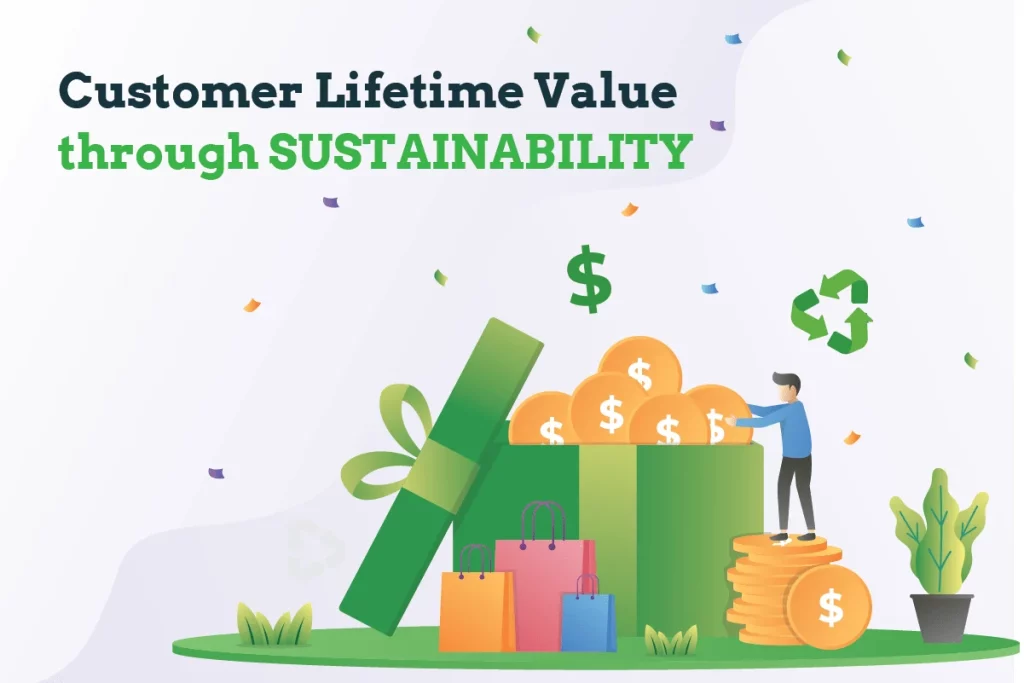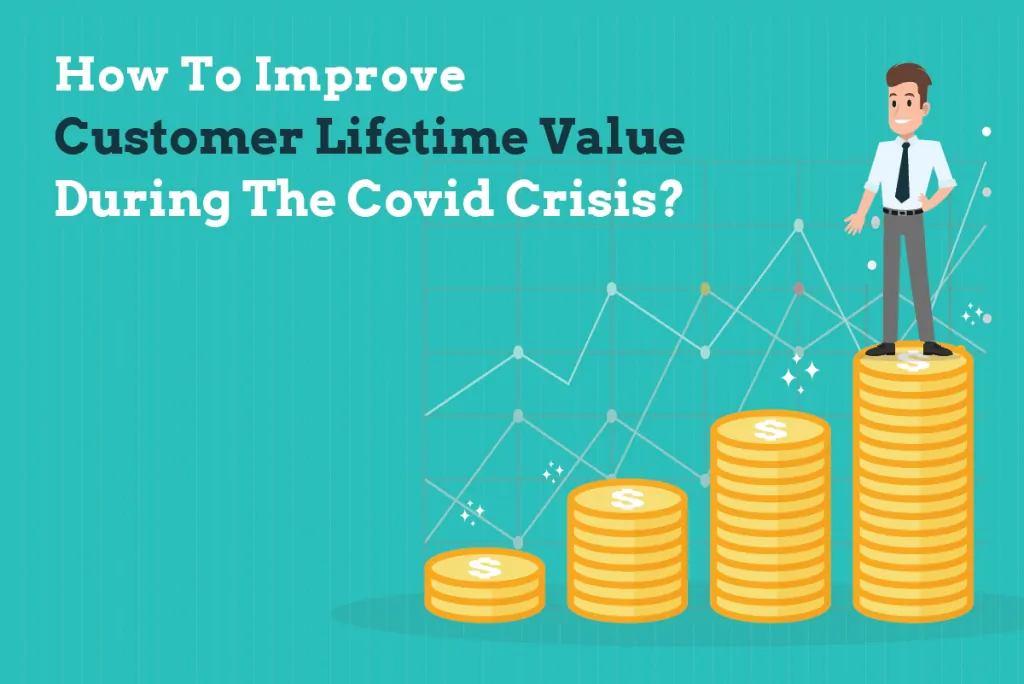Successful businesses are based on both goals and objectives. A common business goal is to run a profitable operation. This can be accomplished by reducing expenses, increasing sales volumes etc. But there are additional options that are often overlooked.
One of the most efficient (and yet overlooked) ways is to focus on improving the Customer Lifetime Value (CLV). The Customer Lifetime Value refers to the amount of revenue you make from a customer as they purchase your products and services over their lifetime. It is always cheaper to get an existing customer to make another purchase as compared to getting a new customer.
By working on retaining existing customers, a business can foster brand loyalty. This brand loyalty will increase the CLV in the long run. In the short term, this will increase the revenue and reduce the expenses. All a business must do is set up a customer loyalty program. Improving the average CLV of a business is the fundamental objective of a customer loyalty program. With the current COVID crisis, businesses are struggling with reduced marketing budgets and reduced revenues. Launching a loyalty program has never been more critical.
A customer loyalty program is not only about loyalty points and rewards. The data science analysis provides mountains of information on customer buying behaviour. This helps a business plan their customized marketing campaigns. Using this data, communication can become more relevant for each customer. Targeted communication creates interest in the minds of the customers and generates brand loyalty. This in turn helps with the customer lifetime value.
Another aspect of a loyalty program is the ease with which a business can engage with its customers to work on their CLV. One of the toughest yet most rewarding types of loyalties is emotional loyalty. A Harvard Business Review study suggests that emotionally driven customers are at least three times more likely to re-purchase and 44% rarely or never shop around. The same study also observed that such people were three times more likely to recommend your product or service.
The best customer loyalty programs are flexible enough to allow businesses to incorporate new trends in its strategies without falling in the discounting trap. For example, let us consider sustainability as a trend. It has the potential to create a big emotional connect with the brand. McKinsey has predicted that sustainability is ‘both the single biggest challenge and the single biggest opportunity’ for the fashion industry in 2020.

Eco-friendliness has become the new normal for young consumers, who are increasingly choosing brands aligning with sustainable practises. Any brand that manages to do this can connect with their audience easily, thus, strengthening their CLV.
Short of changing production practices, a loyalty program enables businesses to implement sustainability in simple ways. Customers can be encouraged to donate used products in exchange of loyalty program points. These products can be recycled or reused to close the loop of production. The business earns the goodwill of customers and can cut costs too. When customers need to donate a product for a reward, they need to come into the store. This invites them to shop around and use their reward right then ensuring another purchase from them. In certain cases, the business can provide an option of making charitable contributions to an environmental organization on the customer’s behalf. It is all about providing a happy and satisfying customer experience.
All customers look forward to great customer service. A customer loyalty program allows brands to cater to customers’ needs. It is structured enough to take a step-by-step approach to work on the business’s pain points regarding customer engagement and flexible enough to implement new trends. Such well-rounded programs are highly appreciated by the customers allowing them to relate to such businesses better. These experiences foster brand loyalty. Such loyal customers are particularly important in the current COVID crisis.
Also read: Marketing Strategies to Grow Your Business After COVID-19 Lockdown
The COVID crisis has no end in sight and hence businesses are unable to plan for their short-term or long-term goals. But with the support of the loyal customers, businesses can stabilize their short-term revenues. These customers will make repeat purchases and improve the average CLV of the business. The improved CLV will create a robust structure for the business’s long-term growth.


